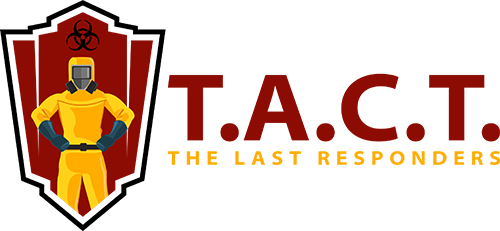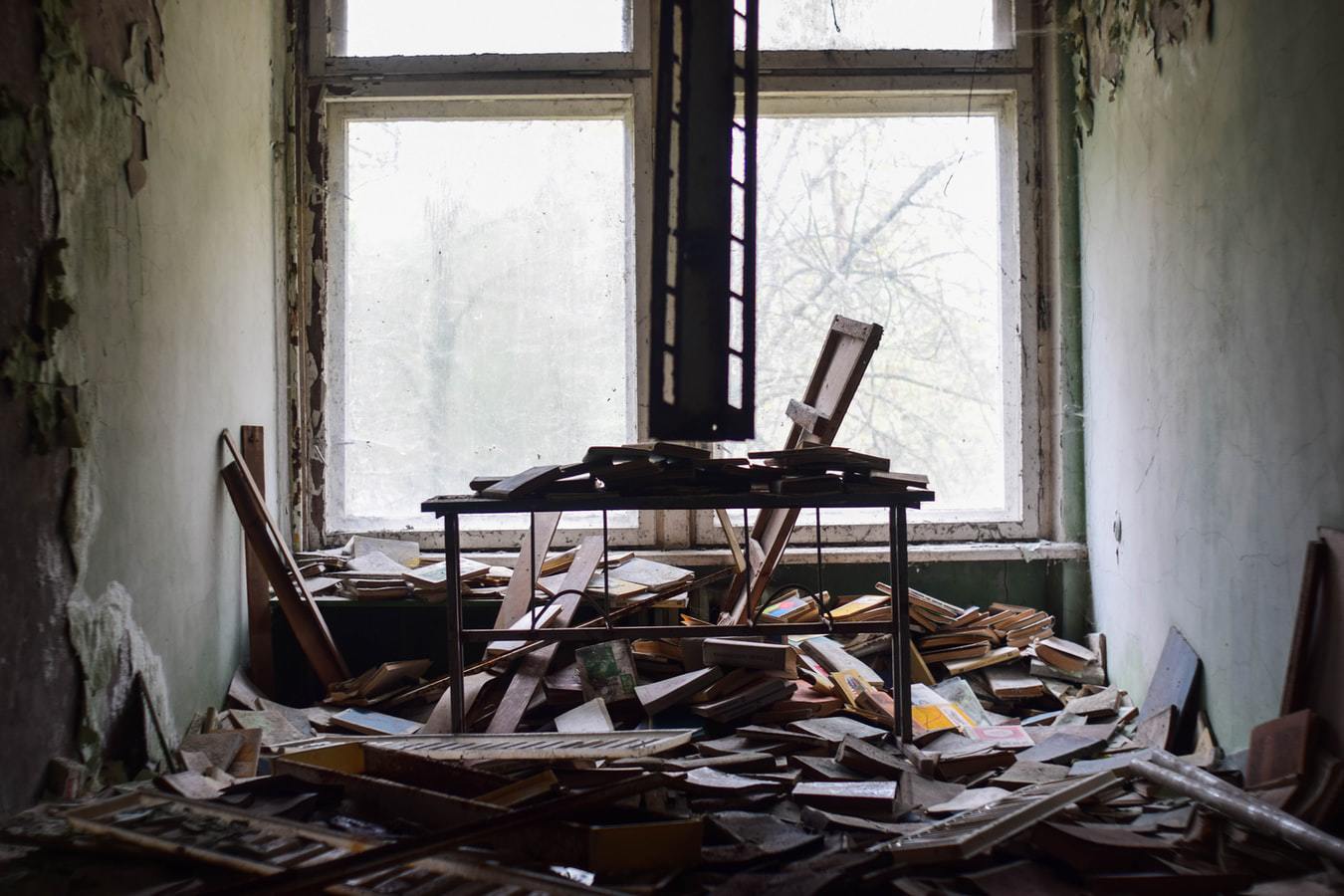Understanding Hoarding and Its Impact
Hoarding is a psychological disorder marked by the excessive accumulation of items—regardless of their value—and a persistent difficulty discarding or parting with them. This behavior leads to overcrowded living spaces, often presenting serious health and safety hazards to everyone in the home. People with hoarding disorder generally struggle with organizing or managing their possessions and may form strong emotional attachments to them, making it exceptionally hard to let go.
Associated Risks of Hoarding
- Health Risks: Clutter can create unsanitary conditions that promote mold growth, pest infestations, and poor indoor air quality. These factors can result in infections or respiratory problems.
- Fire Hazards: Obstructed hallways or doorways increase the danger of fires and make evacuation more difficult in an emergency.
- Structural Damage: Urine soaked floors and walls, rodents, mold, and neglected maintenance, can lead to structural problems, sometimes resulting in partial collapses or other hazards.
The Five Levels of Hoarding
Hoarding can be evaluated through different scales, but a widely recognized system breaks it down into five levels of severity:
Level 1 – Minimal Hoarding
- Minor signs of clutter accumulation.
- No significant safety or sanitation concerns.
- Hoarding behavior may not be apparent.
Level 2 – Mild Hoarding
- Noticeable clutter and some disorganization; certain areas may be partially blocked.
- Possible signs of inadequate housekeeping, like strong odors or excessive dust.
- Minor safety issues and potentially too many pets or animals not adequately cared for.
Level 3 – Moderate Hoarding
- Multiple blocked areas or entire rooms filled with clutter.
- Essential appliances, such as the stove or refrigerator, may be unusable.
- Visible structural damage could exist, with noticeable odors, pest infestations, or mold.
Level 4 – Severe Hoarding
- Most areas of the home are inaccessible because of extensive clutter.
- Rotten food, human or animal waste, or other hazardous materials may be present.
- Utilities like water, electricity, or gas could be disconnected; structural damage may be extensive.
Level 5 – Extreme Hoarding
- The home is virtually uninhabitable and entirely overwhelmed by clutter.
- Biohazards, human waste, or decomposing animals could be present.
- The risk of fire, injury, or illness is significant and demands immediate professional intervention.

